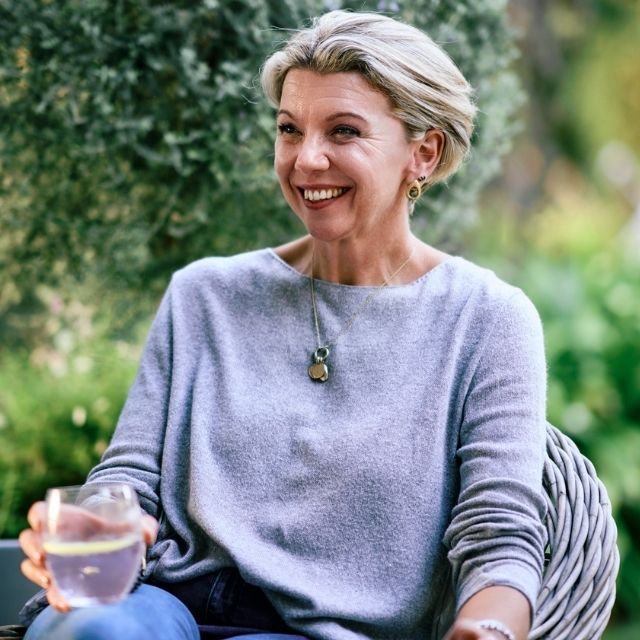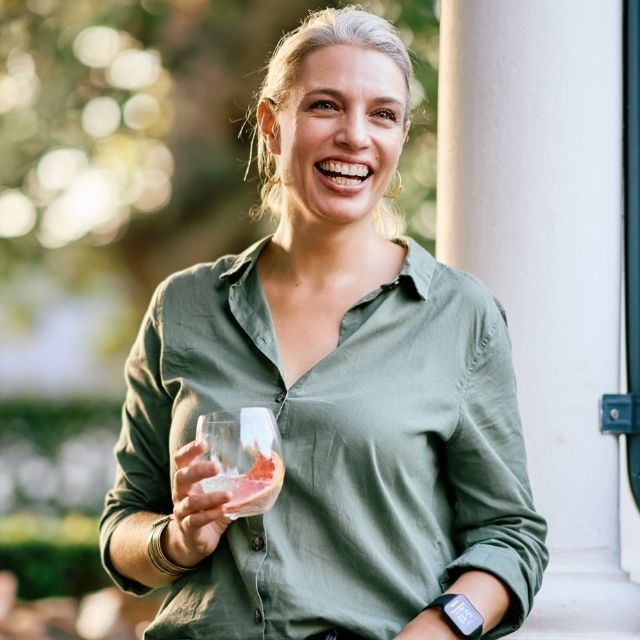Agent Zone
Meet our team, view availability, download rates, facts and images - this zone is specifically to assist our trade partners and journey planners.
Classics Crib Sheet
The much loved quick reference tool is back! In one easy document you have access to all you need to know across our 16 members, with 51 camps and lodges in 12 African countries.
Check Availability
Select your favourite experiences to check availability for your planned dates. Enquire using each member's contact details.
South Africa
Mozambique
Namibia
Botswana
Zimbabwe
Zambia
Madagascar
Tanzania
Kenya
Republic of Congo
Ethiopia
Seychelles
La Clé Availability
Contact
Email:
reservations@lacle.co.za
Tel:
+27 21 876 4833
Emergency:
+27 63 007 9266
Office Hours:
Monday to Friday, 8am – 5pm. Based in Franschhoek.
Coot Club Availability
Contact
Email:
res@cootclub.com
Tel:
+27 66 507 4361
Office Hours:
Monday to Friday, 8am – 5pm. Based in Stanford.
Kwandwe Private Game Reserve Availability
Contact
Email:
reservations@kwandwe.co.za
Tel:
+27 46 603 3400
Office Hours:
Monday to Friday, 8am – 5pm. Based at Kwandwe.
Tanda Tula Availability
Contact
Email:
reservations@tandatula.com
Tel:
+27 15 793 3191
Office Hours:
Monday to Friday, 8am – 5pm. Based in Hoedspruit.
Azura Retreats Availability
Contact
Email:
reservations@azura-retreats.com
Tel:
+27 76 705 0599
Office Hours:
8:00 to 18:00 Monday to Friday, and 8:00 to 12:00 on Saturday. Based in Johannesburg.
Wolwedans Collection Availability
Contact
Email:
reservations@wolwedans.com
Tel:
+27 21 876 2153
Office Hours:
8:00 am to 5:00 pm Monday to Friday, based in Franschhoek
WIld Expeditions - Karangoma Availability
Contact
Email:
wea.res@wild-expeditions.africa
Tel:
+27 71 359 8322
Office Hours:
Monday to Friday, 8:00am – 5:00pm.
Fothergill Availability
Contact
The Bushcamp Company Availability
Contact
Email:
info@bushcampcompany.com
Office Hours:
Monday to Friday, 8am – 5pm. Based in Zambia.
Chiawa Safaris Availability
Contact
Email:
res@chiawa.com
Tel:
+260 211 261 588
Emergency:
+260 977 767 433
Office Hours:
Monday to Friday, 8am – 5pm. Based in Lusaka.
Legendary Expeditions Availability
Legendary Lodge
Mwiba Lodge
Mila Tented Camp
Nyasi Migrational Camp
Songa Tented Camp
Contact
Email:
reservations@legendaryexpeditions.co.tz safari@legendaryexpeditions.co.tz (DMC Services)
Tel:
+255 787 993 077 / +255 743 647 344 (DMC)
Office Hours:
Monday to Thursday, 8am – 5pm. Friday 8am – 4pm. Saturday 8am – 1pm. Based at Legendary Lodge, Tanzania.
Please note that the availability shown – particularly for peak periods from 01 June to 31 August and 20 December to 05 January – is to be viewed as a guideline only due to operational processes involved. Confirmations will only be deemed valid if received in writing by our reservations team.
Chem Chem Safaris Availability
Contact
Email:
reservations@chemchemsafari.co.tz
Tel:
+27 21 876 2368
Emergency:
+255 699 688 225
+255 689 119 349
+255 689 104 232 (Chem Chem Lodge)
+255 699 759 279
+255 682 564 293 (Little Chem Chem & Forest Chem Chem)
Office Hours:
Monday to Friday, 8:00am – 5:00pm. Based in Franschhoek.
The Safari Collection Availability
Contact
Email:
info@thesafaricollection.com
Tel:
+254 111 033 900 or +254 72 567 5830
Office Hours:
Monday to Friday 8am – 5pm. Saturday 9am – 1pm. Based in Nairobi.
Kamba Availability
Contact
Email:
info@kambaafrica.com
Tel:
+27 65 326 2268
Office Hours:
Monday to Friday, 8:30am – 5:00pm. Based in Cape Town.
Wild Expeditions Availability
Contact
Email:
wea.res@wild-expeditions.africa
Tel:
+27 71 359 8322
Office Hours:
Monday to Friday, 8:00am – 5:00pm.
Blue Safari Seychelles Availability
For full DMC assistance, please contact travel@bluesafari.com.
Contact
Email:
reservations@bluesafari.com
travel@bluesafari.com
Tel:
+248 422 97 00 / +248 422 90 30
WhatsApp:
+27 76 019 1218 / +27 76 895 3689
Office Hours:
Daily 8am – 5pm. Based in Seychelles.
Rates & Fact Sheets
Rates
- Azura Retreats
- Blue Safari Seychelles
- Beagle Expeditions
- Chem Chem Safaris
- Chiawa Safaris
- Coot Club
- Fothergill
- Kamba
- Kwandwe Private Game Reserve
- La Clé
- Legendary Expeditions
- Tanda Tula
- The Bushcamp Company
- The Safari Collection
- Wild Expeditions - Camp Hwange
- Wild Expeditions - Lale's Camp
- Wild Expeditions - Karangoma
- Wild Expeditions - Masoala Forest Lodge
- Wolwedans Collection
Fact Sheets
- Azura Retreats
- Beagle Expeditions
- Chiawa Safaris
- Coot Club
- Kamba
- Kwandwe Private Game Reserve
- La Clé
- Tanda Tula
- Wolwedans Collection
- COMING SOON:
- Blue Safari Seychelles
- Chem Chem Safaris
- Fothergill
- Legendary Expeditions
- The Bushcamp Company
- The Safari Collection
- Wild Expeditions: Camp Hwange
- Wild Expeditions: Lale's Camp
- Wild Expeditions: Karangoma
- Wild Expeditions: Masoala Forest Lodge











